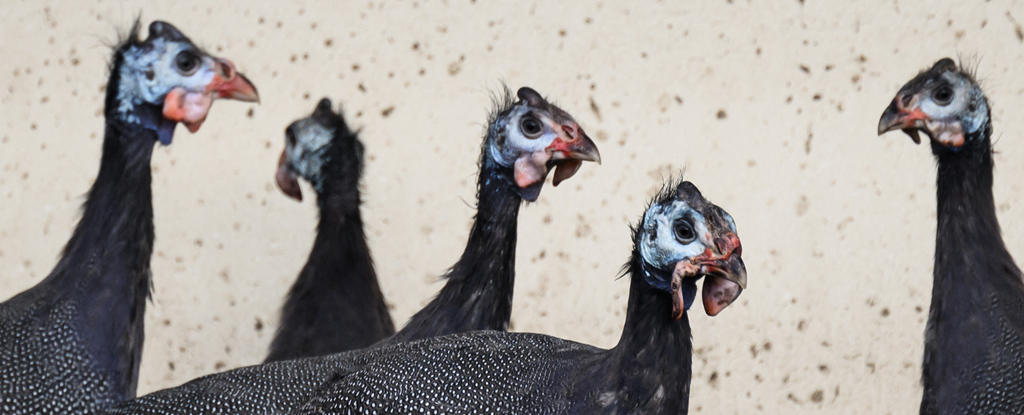The recent detection of bird flu in mammals is raising concerns among experts worldwide. From foxes and otters to minks, seals, and even grizzly bears, the virus has been detected in a variety of species. With Europe gripped by its worst-ever outbreak of bird flu, and North and South America also experiencing severe outbreaks, the global pandemic has led to the culling of tens of millions of domestic poultry and the deaths of tens of thousands of wild birds.
The virus is rare to jump over into mammals, and even rarer for humans to catch the potentially deadly virus. While there is no confirmed transmission within mammalian populations, the risk to humans remains low. However, two recent larger scale infections have raised concerns that bird flu has the potential to spread between mammals.
In October, an outbreak of H5N1 with the PB2 mutation at a Spanish farm led to the culling of more than 50,000 minks, and research published in the journal Eurosurveillance last month indicated that an onward transmission of the virus to other minks may have taken place. Additionally, the mass death of some 2,500 endangered seals found along Russia’s Caspian Sea coast last month has also raised concern, with early samples from the seals testing positive for bird flu.
Experts are warning that the virus would have to significantly mutate to spread between humans, and while the risk to humans remains low, the potential to cause a pandemic in humans is concerning. With continued surveillance of avian influenza in wild birds, poultry, and mammals, humans can limit their exposure to the virus and be prepared for any potential mutations.
Source: www.sciencealert.com
